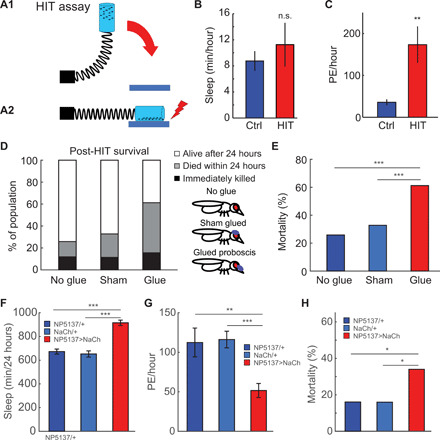Fig. 3. PEs facilitate recovery from injury.

(A) Full-body injury was induced using the HIT assay (30), where flies are loaded in a vial attached to a spring. By pulling back the spring (A1) and releasing it, the vial slams on a rubber block, causing full-body impact injuries (A2). (B) Flies were immediately tethered after injury and sleep, and PEs were measured over 3 hours postinjury, showing no effect on sleep (n.s., t test) (C) but a strong increase in PEs per hour (**P < 0.01, t test; n = 9 per group). (D) To test whether PE affects survival rate, the proboscis was immobilized with UV-cured glue. Sham-treated flies received glue on top of the head, covering the ocelli but leaving the proboscis free. Preventing PE increases the proportion of flies that die within 24 hours after injury. The proportion of flies immediately killed does not differ between groups. (E) Immobilizing the proboscis increases 24-hour mortality (n = 119, n = 88, and n = 130; ***P < 0.001, chi-square test). (F) Constitutively activating neurons controlling feeding (NP5137-Gal4) using NaChBac increases sleep and (G) decreases PE, compared to parental controls (n = 50 per group; **P < 0.01 and ***P < 0.001, ANOVA with Bonferroni t test), (H) and increases mortality after injury (n = 50 per group; *P < 0.05, chi-square test). All error bars indicate SEM.
